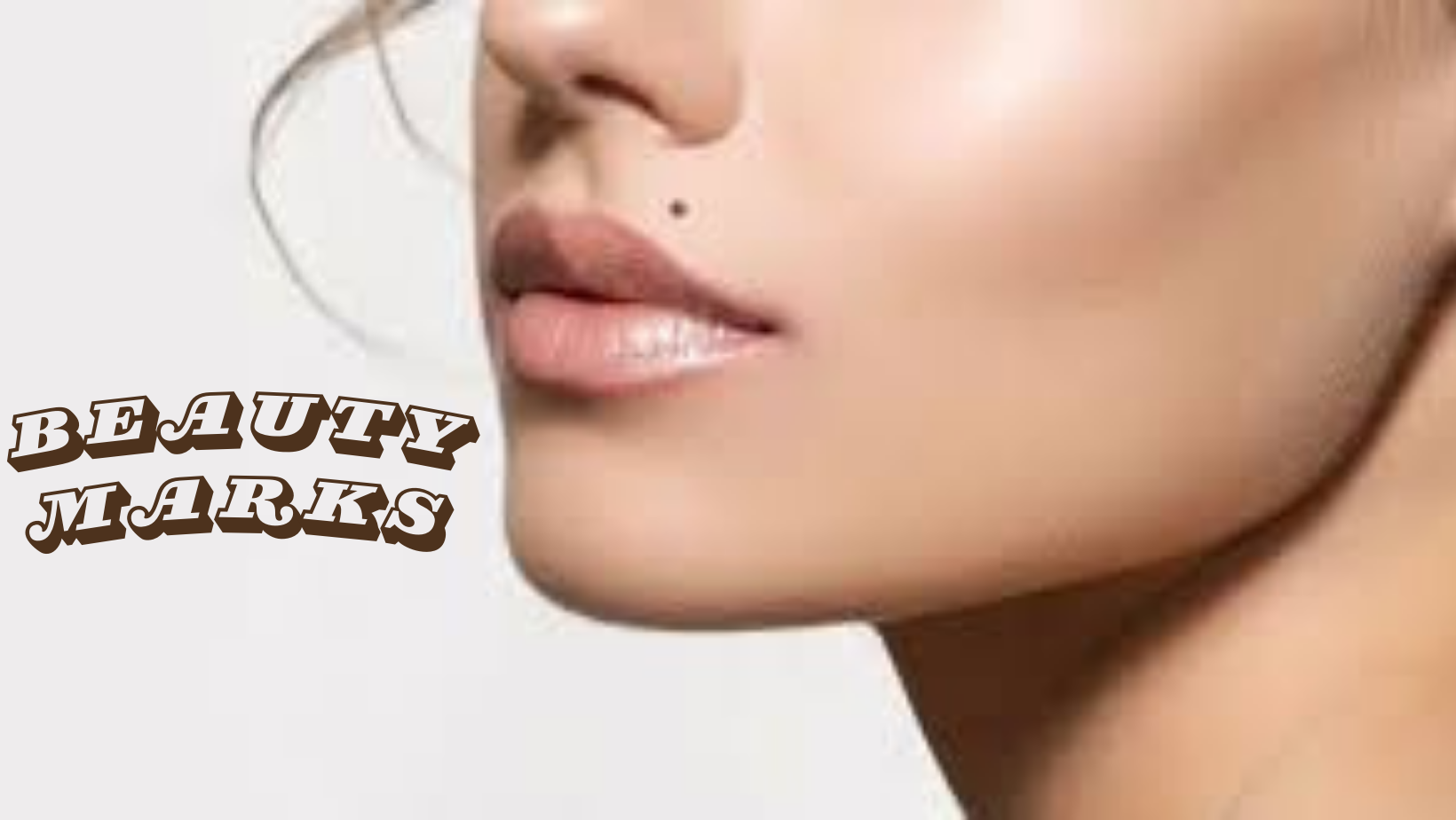The Mystery and Allure of Beauty Marks: Unveiling the Truth
Beauty marks, also known as beauty spots or moles, have fascinated and intrigued people for centuries. These small, distinctive spots on the skin often carry an air of mystique and charm. But what are beauty marks, and why do they capture our attention? In this blog post, we'll explore the enigmatic world of beauty marks and answer some of the most common questions about them: Are beauty marks moles? Can beauty marks grow? Can beauty marks be removed? Can beauty marks go away? Are beauty marks attractive? Are beauty marks genetic? Can beauty marks just appear? Let's dive into the depths of beauty marks and discover the truth.
Are Beauty Marks Moles?
The terms "beauty mark" and "mole" are often used interchangeably, and for a good reason. Beauty marks are, in fact, moles. Moles are clusters of pigment-producing cells called melanocytes, which give them their characteristic dark color. While some people might refer to all moles as beauty marks, the distinction is often in their location and how they are perceived.
Beauty marks are typically moles that are positioned in a way that adds to a person's overall appearance. They are often strategically placed to enhance the individual's facial features or create a unique, alluring charm. Some famous examples of beauty marks include Marilyn Monroe's iconic mole on her cheek and Cindy Crawford's mole just above her lip.
Can Beauty Marks Grow?
Yes, beauty marks, or moles, can indeed grow over time. Moles can change in size, shape, and color throughout a person's life. Many moles emerge during childhood and adolescence, while others may develop later in life. It's essential to monitor moles for any changes, as sudden or significant changes in size, shape, or color may be indicative of skin cancer.
Regularly checking your moles for any abnormalities is a critical aspect of maintaining your skin health. If you notice any unusual changes in a mole, it is advisable to consult a dermatologist for a thorough evaluation.
Can Beauty Marks Be Removed?
Beauty marks can be removed, but the decision to do so is highly individual. Some people choose to remove moles for cosmetic reasons, while others opt for removal if a mole is suspicious or poses a health risk. Mole removal is typically performed by a dermatologist or plastic surgeon and can be done using various methods, including:
- Excision: This involves cutting out the mole and stitching the wound closed. It's commonly used for larger or suspicious moles.
- Shave excision: The mole is shaved off the skin's surface using a scalpel or a special device. This method is often used for smaller, raised moles.
- Laser removal: A laser is used to break down the pigments in the mole, causing it to fade over time.
- Cryotherapy: The mole is frozen using liquid nitrogen, causing it to blister and eventually fall off.
- Electrosurgery: An electrical current is used to remove the mole.
It's essential to consult with a medical professional to determine the most appropriate method for mole removal based on your specific circumstances.
Can Beauty Marks Go Away?
While beauty marks can evolve or be removed, they typically don't go away on their own. Moles are a permanent part of your skin and are typically there for life. In some cases, moles may fade or lighten over time, but they rarely disappear completely without intervention.
Are Beauty Marks Attractive?
The attractiveness of beauty marks, like any physical feature, is highly subjective and varies from person to person. Some individuals find beauty marks incredibly attractive, while others may not be particularly drawn to them. What's important to remember is that beauty is subjective, and individuality is what makes each person unique and special. Beauty marks, like any other feature, can contribute to an individual's overall charm and charisma.
Beauty marks are often associated with a certain mystique and can enhance a person's allure. For some, they add character to one's appearance, and for others, they are seen as a symbol of confidence and self-acceptance.
Are Beauty Marks Genetic?
Yes, beauty marks, or moles, can be influenced by genetics. The number and distribution of moles on your skin are partially determined by your genetic makeup. If your parents or close relatives have many moles, you may be more likely to have numerous moles as well.
However, it's important to note that the appearance and location of beauty marks can also be influenced by sun exposure and other environmental factors. Protecting your skin from excessive sun exposure and UV radiation is essential for minimizing the development of new moles and the risk of skin cancer.
Can Beauty Marks Just Appear?
Beauty marks, or moles, can indeed appear at any stage of life. Many people notice new moles appearing during childhood and adolescence, but they can also develop later in life. The sudden appearance of a new mole, especially if it is irregularly shaped, has uneven coloring, or is rapidly changing, should be evaluated by a dermatologist to rule out skin cancer.
Beauty marks, those captivating and often enigmatic spots on the skin, are, in essence, moles. While they can add to an individual's unique charm and allure, they are also subject to change and can pose health risks. Monitoring your beauty marks for any alterations and seeking professional guidance when necessary is essential for maintaining your skin health.
The beauty of beauty marks lies in their individuality and the way they contribute to each person's unique appearance. Whether you have one or many, love them or loathe them, beauty marks are a part of what makes you, you. Embracing and celebrating your unique features is a wonderful way to enhance your self-confidence and inner beauty. So, wear your beauty marks with pride, and let them be a part of what makes you beautifully you.



